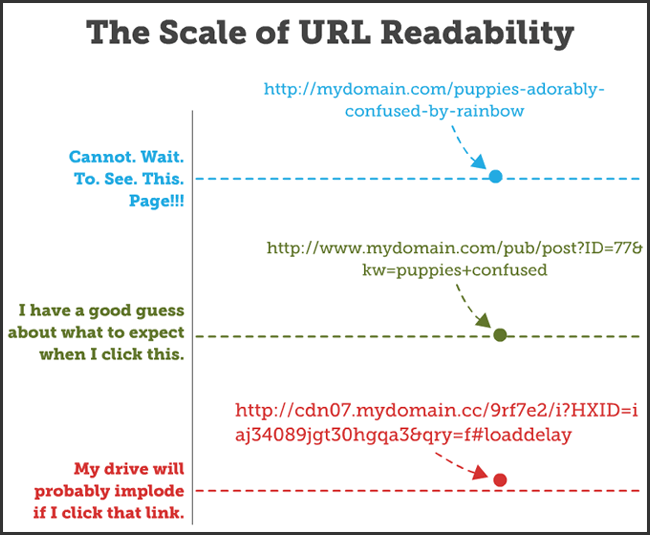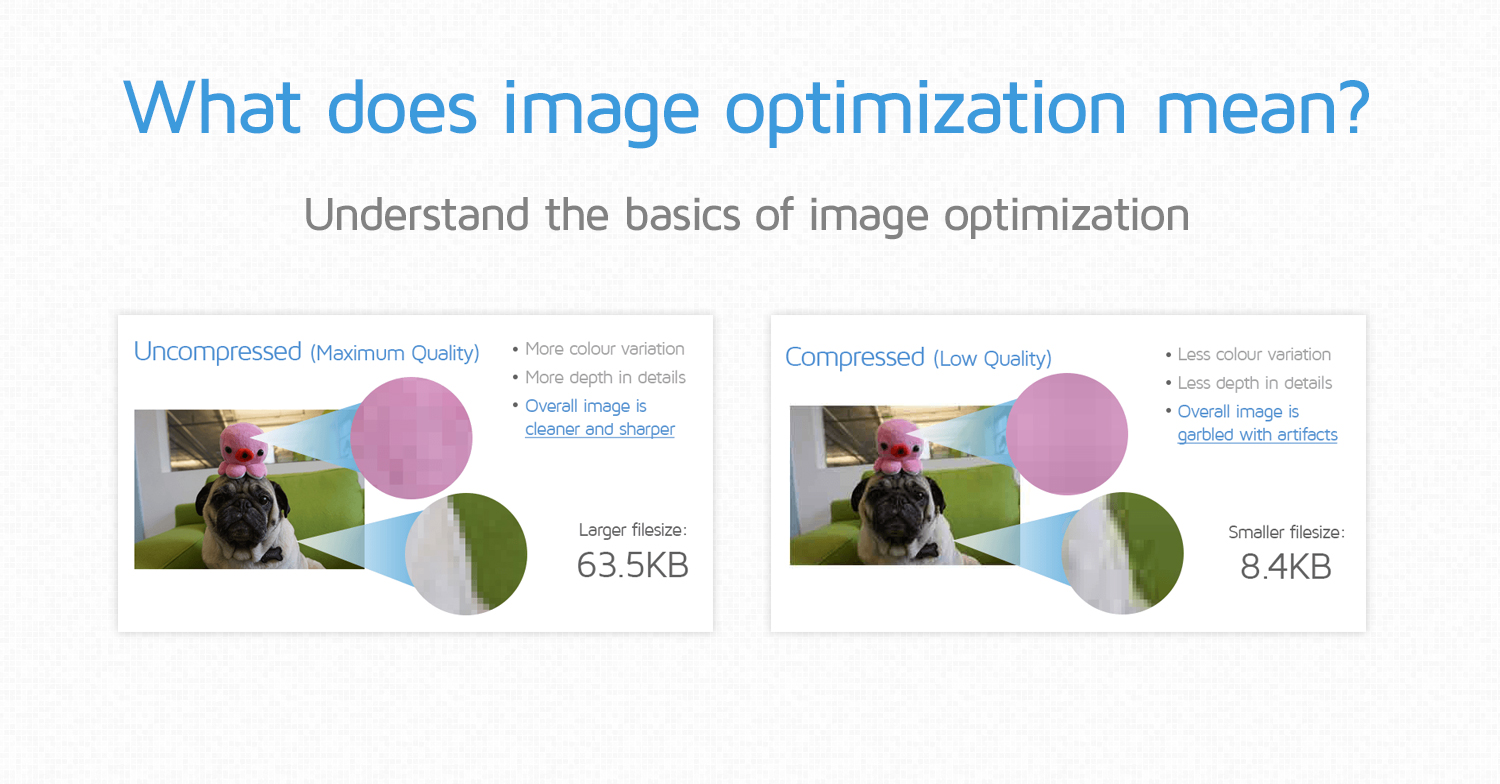
24 Technical, On-Page, Off-Page SEO Techniques You Should Do
Diving into SEO feels like exploring an ocean. Many content creators, who care more about writing well than tech stuff, see SEO as a scary place full of challenges.
According to the Content Marketing Institute, even industry giants often falter in SEO endeavors, evading its grasp rather than embracing it, resulting in diminished Google rankings and significant traffic loss.
But SEO isn't as hard as it seems. In this article, I will share 24 SEO tricks to boost your Google visibility without hurting your writing. But first, let's understand the different types of SEO.
SEO comes in three flavors: on-page, off-page, and technical. Technical SEO, as Neil Patel explains, covers everything apart from content. On-page SEO involves optimizing your website and content, while off-page SEO extends beyond your site.

Each type matters, but for a gradual improvement, start with on-page SEO, then delve into technical aspects, and finally, refine off-page strategies.
Ready to learn some easy SEO tricks you can use yourself? Keep reading!
ON-PAGE SEO
1. Craft High-Quality Content In addition to uniqueness and engagement, focus on addressing user intent. Conduct keyword research to understand what users are searching for and tailor your content to meet their needs. Incorporate multimedia elements like videos and infographics to enhance engagement and provide value.
2. Maintain Consistent Publishing Consistency is key, but so is diversity. Experiment with different content formats such as blog posts, videos, podcasts, and interactive tools to keep your audience engaged and attract diverse segments of your target market.
3. Optimize URL Structures
Beyond readability, consider including primary keywords in your URLs to improve their relevance to search queries. Shorter URLs tend to perform better, so aim for concise yet descriptive URLs that accurately reflect your content.

4. Fine-Tune Title Tags and Meta Descriptions Craft compelling title tags and meta descriptions that entice users to click through to your website. Experiment with different messaging and calls to action to optimize click-through rates and maximize organic traffic. Do not exceed 150 characters limit.
5. Format Text Effectively Incorporate visual elements like images, charts, and bullet points to break up text and improve readability. Use descriptive alt text for images to enhance accessibility and provide context to search engines.
6. Optimize Images Compress images without compromising quality to minimize load times and improve user experience. Consider lazy loading techniques to prioritize the loading of images that are currently in the viewport, reducing initial page load times.
7. Implement Internal Linking... Develop a comprehensive internal linking strategy to guide users through your website and distribute link equity to relevant pages. Use descriptive anchor text and consider creating hub pages to consolidate related content and improve site structure.
8. ...And Utilize External Linking When linking to external sources, prioritize authoritative websites with high domain authority and relevance to your content. Look for opportunities to establish reciprocal relationships with other websites to mutually benefit from link equity.
9. Optimize Anchor Texts Vary your anchor text to include branded terms, exact match keywords, and partial match keywords. Avoid overly optimized anchor text and prioritize natural language to maintain a diverse and organic link profile.
10. Strategically Choose Keywords Leverage keyword research tools to identify long-tail keywords with high search volume and low competition. Consider user intent and search intent when selecting keywords to ensure alignment with your content and audience.
11. Place Keywords Thoughtfully Integrate keywords seamlessly into your content to enhance relevance without sacrificing readability. Aim for a natural distribution of keywords throughout your text, headers, and meta tags.
12. Focus on User Experience
Conduct user testing and gather feedback to identify areas for improvement in design, navigation, and content presentation. Prioritize mobile responsiveness and page speed to cater to the growing number of mobile users and improve search rankings.

TECHNICAL SEO
Easy Technical Fixes
13. Check for Broken Links Regularly monitor your website for broken links and redirects using automated tools like Screaming Frog or Google Search Console. Additionally, consider implementing 301 redirects for broken pages to maintain link equity and preserve user experience.
14. Optimize Website Speed Beyond initial diagnostics, delve into advanced techniques like minifying CSS and JavaScript files, browser caching, and server optimization to improve website speed further. Implement a content delivery network (CDN) to distribute content across geographically dispersed servers and reduce latency. Start monitoring your website speed with tools like Google’s PageSpeed, GTmetrix, or Pingdom, for example, that will diagnose the issue and tell you how to improve it.
15. Optimize Image Formats and Sizes
Explore advanced image optimization techniques such as lazy loading, responsive images, and WebP format support to further reduce image file sizes and improve loading times. Consider leveraging browser caching and image CDNs to deliver images efficiently across devices and screen sizes.

16. Ensure Mobile-Friendliness Conduct thorough testing across various mobile devices and screen sizes to ensure a seamless user experience. Prioritize mobile-first design principles and optimize page elements like buttons, forms, and navigation menus for touch interactions.
17. Implement Structured Data Markup Utilize structured data markup, such as Schema.org, to provide search engines with additional context about your website's content. Implementing structured data can enhance rich snippet appearance in search results, increasing click-through rates and improving overall visibility.
18. Optimize XML Sitemaps Regularly review and update your XML sitemap to ensure it accurately reflects your website's structure and content. Include priority tags to indicate the importance of specific pages and update frequency tags to signal how often content is updated, helping search engines crawl and index your site more efficiently.
19. Secure Your Website with HTTPS Transition your website to HTTPS to ensure data security and build trust with users. HTTPS is also a ranking factor in Google's algorithm, providing a slight boost in search rankings. Implement SSL/TLS certificates and configure proper redirects to ensure a seamless transition without impacting SEO performance.
OFF-PAGE SEO
Step Forward!
20. Harness Social Media Develop a comprehensive social media strategy that aligns with your brand voice and objectives. Leverage social listening tools to monitor conversations and trends, and actively engage with your audience to foster community and brand advocacy.
21. Seek Guest Posting Opportunities Identify reputable websites within your niche and pitch guest post ideas that provide unique value to their audience. Focus on building relationships with editors and site owners to increase your chances of securing guest posting opportunities and earning high-quality backlinks.
22. Differentiate Do-Follow and No-Follow Links While do-follow links pass link equity and contribute to SEO efforts, don't discount the value of no-follow links for brand visibility and referral traffic. Monitor your backlink profile regularly to identify spammy or low-quality links and disavow them to maintain a healthy link profile.
23. Utilize Press Release Submissions Craft newsworthy press releases that highlight company milestones, product launches, or industry insights to attract media attention and earn mentions on authoritative websites. Leverage press release distribution services to maximize visibility and reach.
24. Create Shareable Infographics Invest in the creation of visually compelling infographics that convey complex information in an easily digestible format. Promote your infographics across social media channels, industry forums, and niche communities to maximize sharing and backlink opportunities.
Do you want secure, fast website or application?